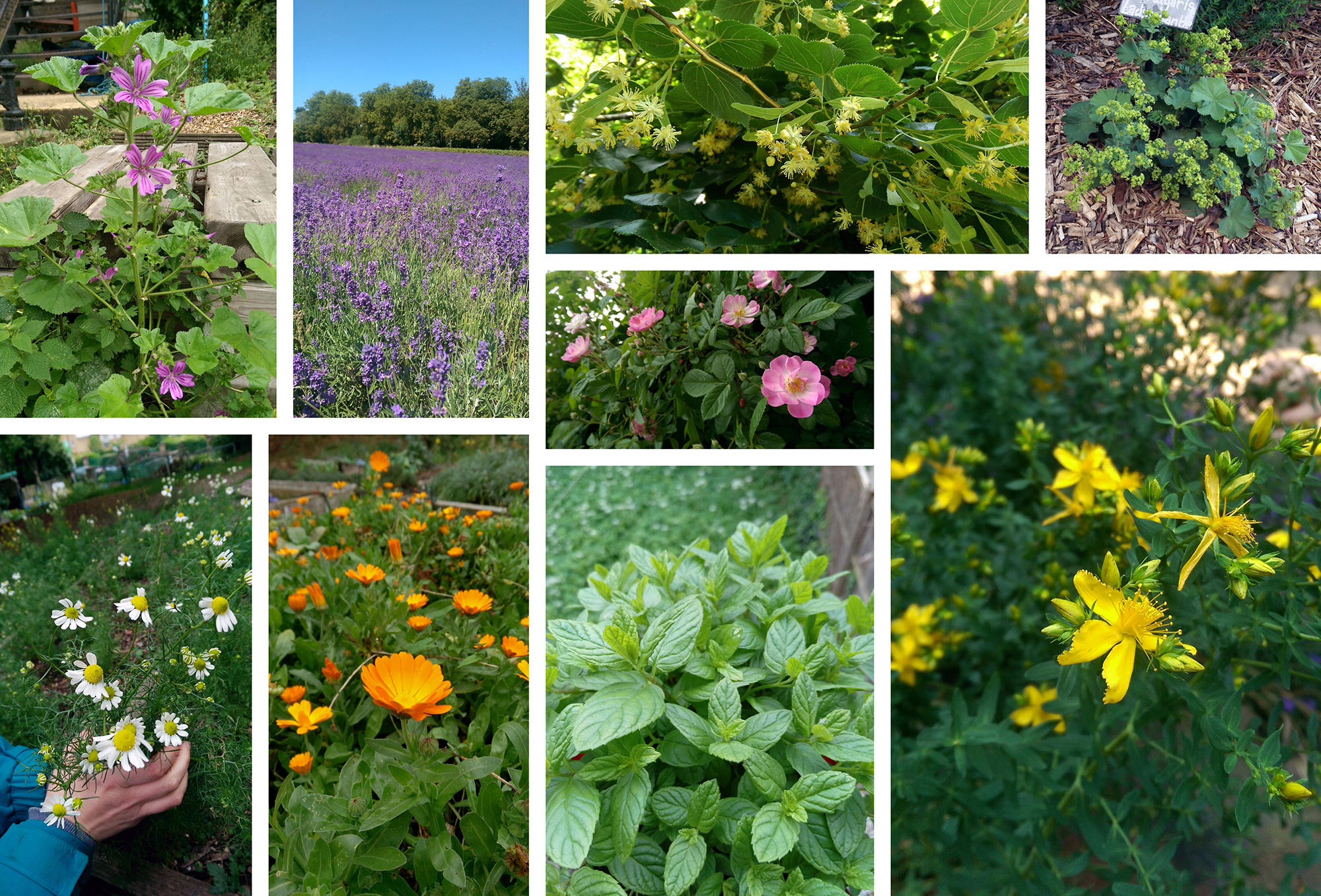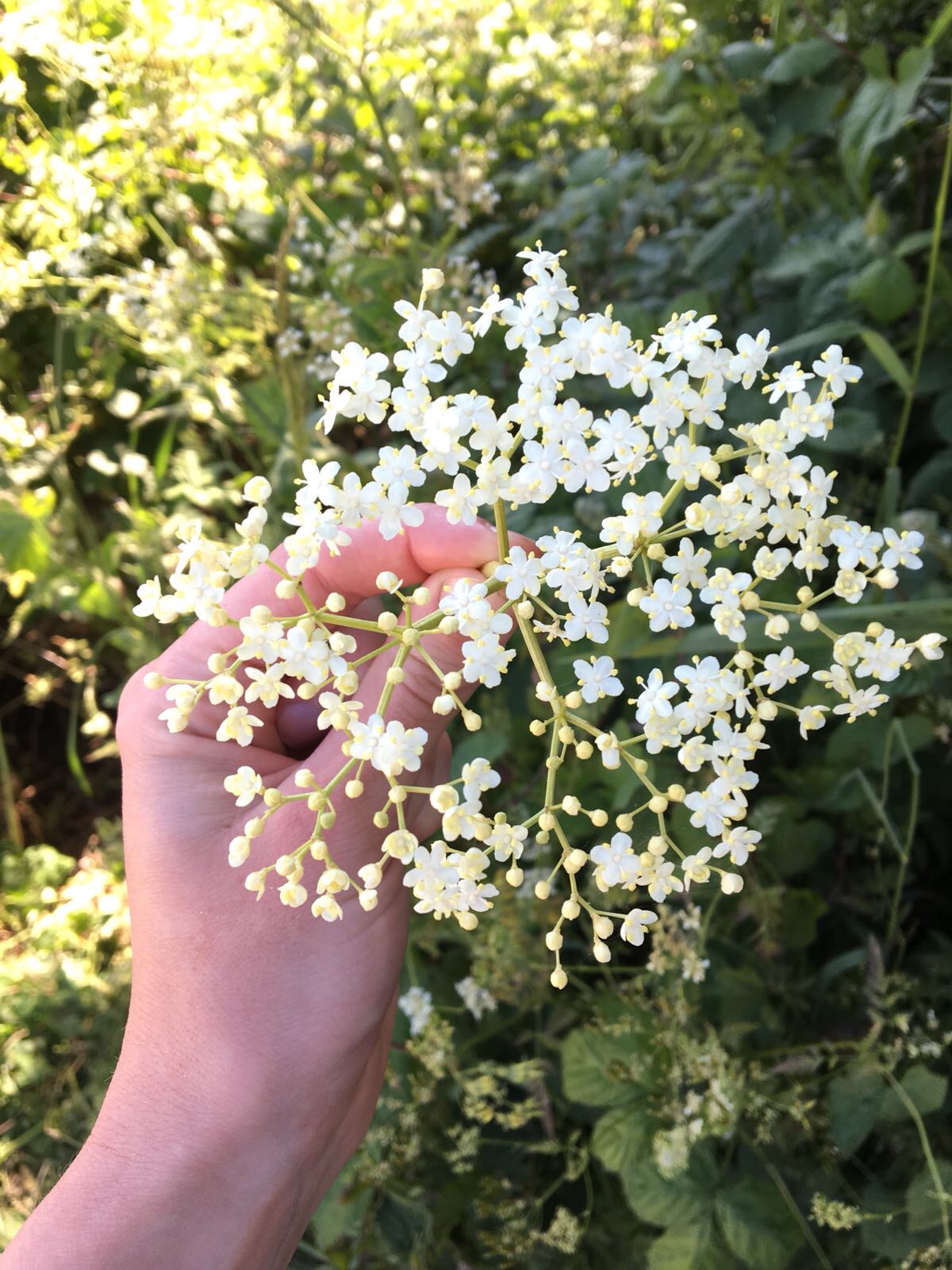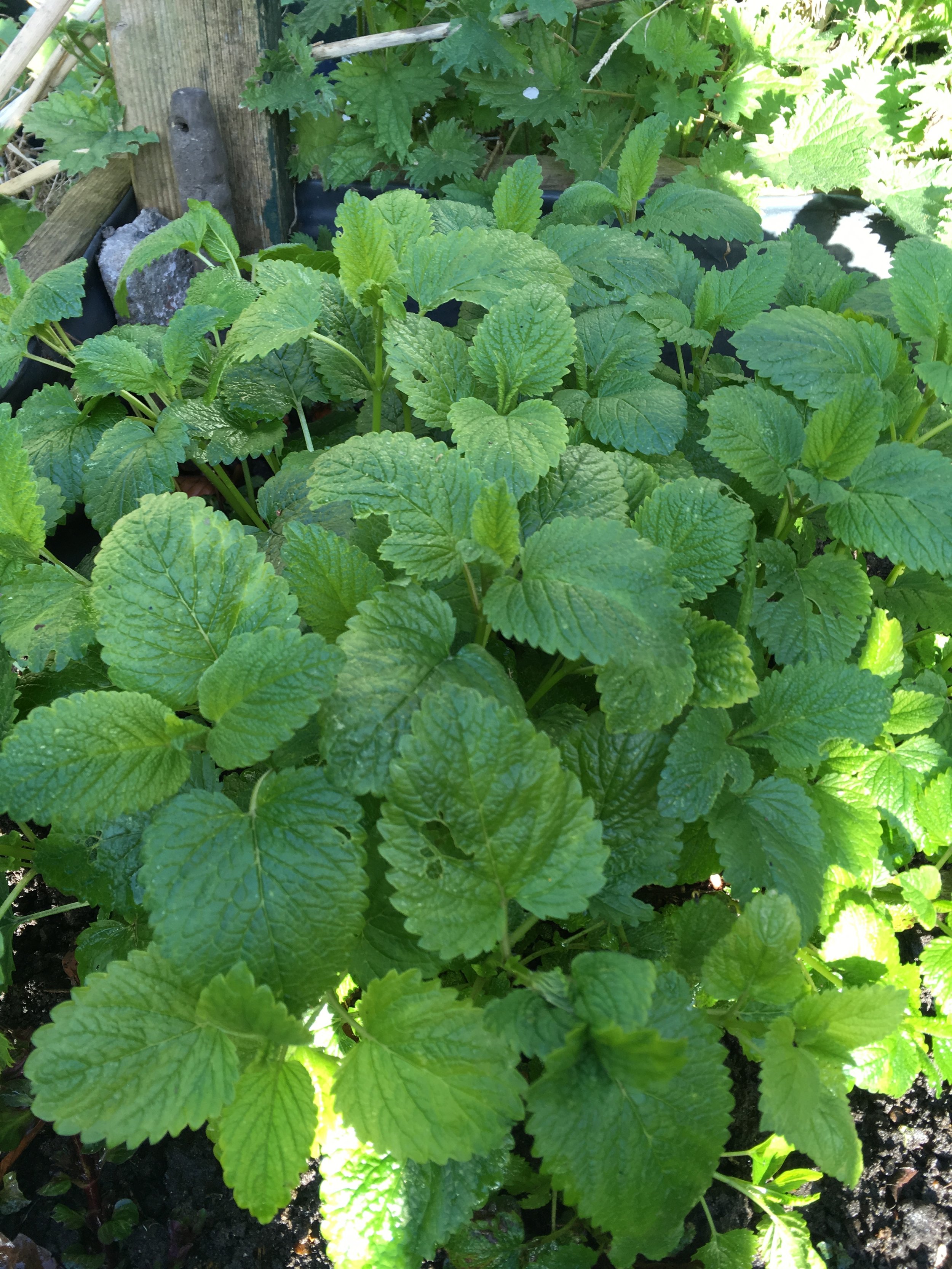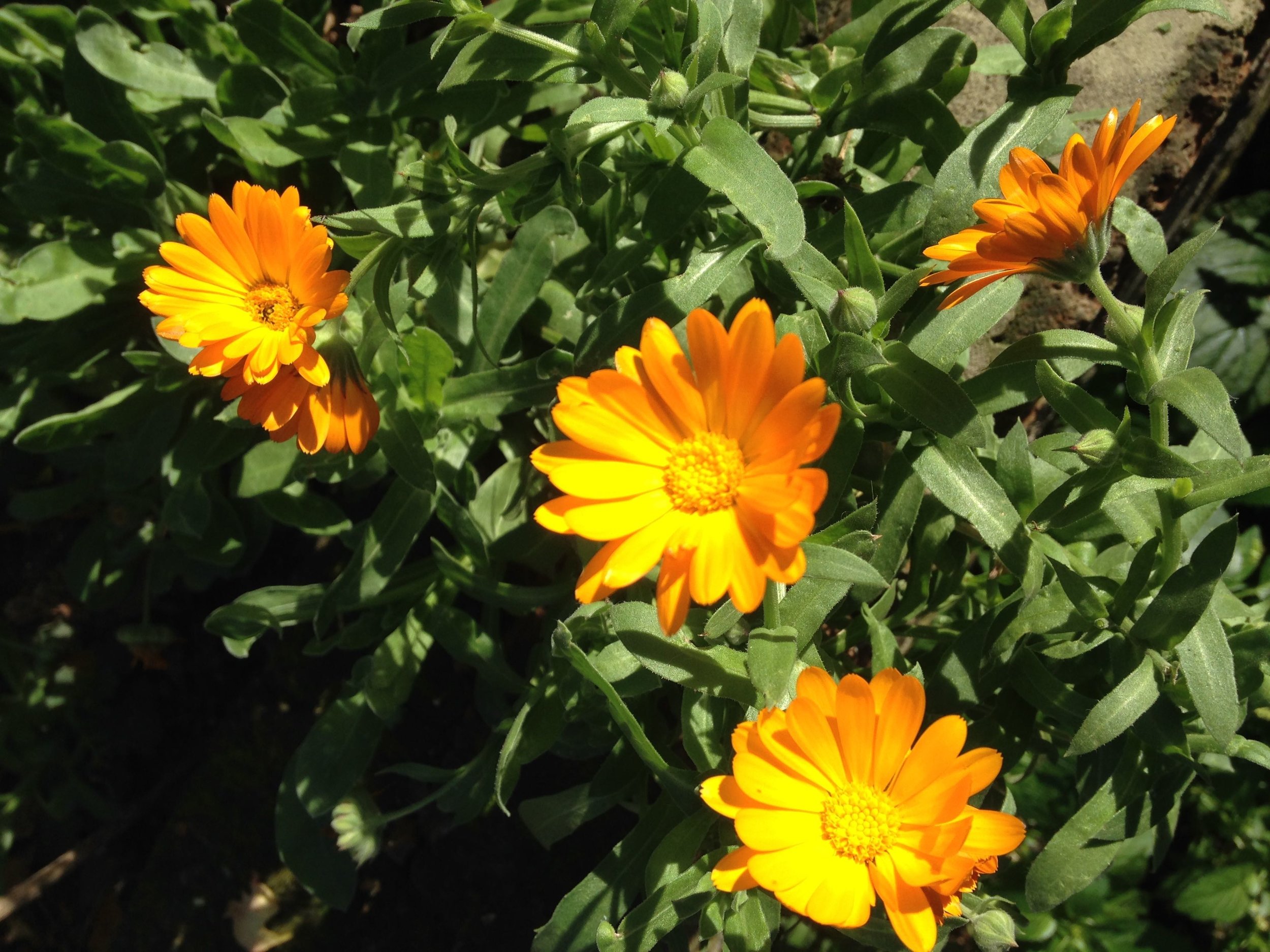Herbs in June
/June is a pretty magical time of the year, the days are really long, plants grow at an astounding rate and there's an explosion of colour as flowers of the most diverse shapes and shades come into season.
Top row l-r, Mallow, Lavender, Lime flower, Lady's Mantle. Centre, Rose. Bottom row l-r, Chamomile, Pot Marigold, Mint, St. John's Wort
HARVEST
Plants in the mint family like lemon balm, oregano, and all types of mint can be harvested pretty hard and will quickly grow back, so don't be afraid to do it regularly. Lavender has started flowering and the first blossoms should be ready to harvest soon, so keep an eye out. The best time to harvest lavender is when about 75% of the flowers on the blooms are open.
Keep on harvesting pot marigold and chamomile flowers regularly. The more flowers you remove, the more the plant will produce. Harvest the unripe seeds of sweet cicely. They are delicious in teas, cold infusions, or simply as a refreshing treat to chew on. st. john's wort is traditionally picked around St John's day on 24th June, so look out for those precious yellow flowers towards the end of the month.
Another medicinal flower that should be ready to harvest from mid June is linden, also known as limeflower. The linden tree is considered sacred and an important icon in the mythology and folklore of many cultures. The flowers have an array of health benefits and are widely used in herbalism.
Other lovely flowers to harvest in June are rose, lady’s mantle and honeysuckle. Feverfew is also in full bloom at the moment. Although the part used is actually the leaf, it is best harvested when the plants are flowering. Try to never take more than one third of the plant at a time, so it can recover and stay healthy.
And don't forget you can use your weeds! Now it is a good time to collect plantain leaves, blackberry leaves, horsetail, and mallow flowering tops. Nettles have started flowering, so it's no longer a good idea to consume the leaves, but we will soon be able to harvest the seeds.
MAKE
Use the abundance of wonderful plants growing at the moment in food, fresh teas, cold infusions, herb vinegars and other herb extracts, and dry some for use later in the year when there's less fresh stuff around.
Now that the weather has warmed up, it's a great time to make sun-infused oils. Why not try infusing pot marigold or st john's wort flowers in oil for use in balms and other skin products? Simply put the flowers in a jar, cover with your oil of choice, and leave it on a sunny windowsill for four weeks to infuse.
IN THE GARDEN
Now it is the perfect time to take softwood cuttings of perennial herbs, like mint, lemon balm, thyme, rosemary, sage, oregano and lemon verbena. It is also a great time to cut back chive plants. Once they have finished flowering, cut back to about an inch above the soil level, keep them watered and they’ll bounce back with tender new shoots.
Make sure your plants have enough water throughout the warm season, especially those growing in pots, where the soil dries out much quicker. The best time to water is early morning or late afternoon when the plants are not in direct sun.
Put a bowl of fresh water out in your garden to serve as a birdbath and supply drinking water for birds and insects. This can help our little wild friends cope with the heat of the summer days.
If last year you grew plants that self-seed easily, some areas of your garden or pots might be a bit overcrowded at the moment. Transplant some of the plants to another location or pot them on to give to friends. And in the same way that the plants we want to harvest are putting on a lot of new growth, so are all sorts of other weeds. Keep on top of them to avoid overcrowding and competition for water and nutrients in your pots and herb beds.
SOW
Sow annual and/or fast growing herbs like basil, shiso, dill, summer savoury, parsley and coriander. Coriander tends to bolt quickly when grown this time of the year, but although you get a short harvest window for the leaves, the flowers and seeds that follow are also great! There's also still time to sow seeds for edible and medicinal flowers like borage, pot marigold, zinnia, viola, sunflowers and nasturtiums.
INNER GARDENING
The garden is also a wonderful reflection of what’s going on in our lives; herbs aren’t the only things that grow and blossom, we do too! Here are some questions to consider around how June can be used to support your body, heart and mind alongside your pots, plots and gardens this month:
Lots of new, colourful, abundant growth is coming through this month, what can be celebrated in your life? What joys do you have? Bigger ones and smaller everyday ones? Could there be something new to take joy in? Noticing the smell of fresh blossom on your way to work? Spotting the elderflower in bloom from the train?
We have sown seeds for the last few months and now know what has germinated and what didn’t do so well. Are there any areas of your life, work or relationships that have healthy shoots of new growth and areas that aren’t growing in the way you’d hoped? Just naming and knowing what these are can be really supportive to shifting them later in the season if change is needed.
Some herbs, like calendula and chamomile, have better harvests the more attention you give them. Are there any small acts of self care you can do to support your growth? Think tiny and do-able. Drink more water as the weather heats up? Reach for your toes regularly to stretch out your legs and back? Turn your phone off for an afternoon? Tell yourself ‘I’m doing a wonderful job at this...’ each day for a week?
June is a month of fast growth but also the time plants are settling, finding their roots and getting established. What would it be like to stop, feel your feet on the earth and take a deep breath at some point this month?
Taking a moment to stop and be in our bodies and nature makes a huge difference to our mental, emotional and physical health, which in turn will support the growth and harvest in your garden. If just one of these suggestions speaks to you try it out and, to finish with a final gardening metaphor, see what blossoms...
Words - Camila B & Amy B // Pictures - Camila B










































